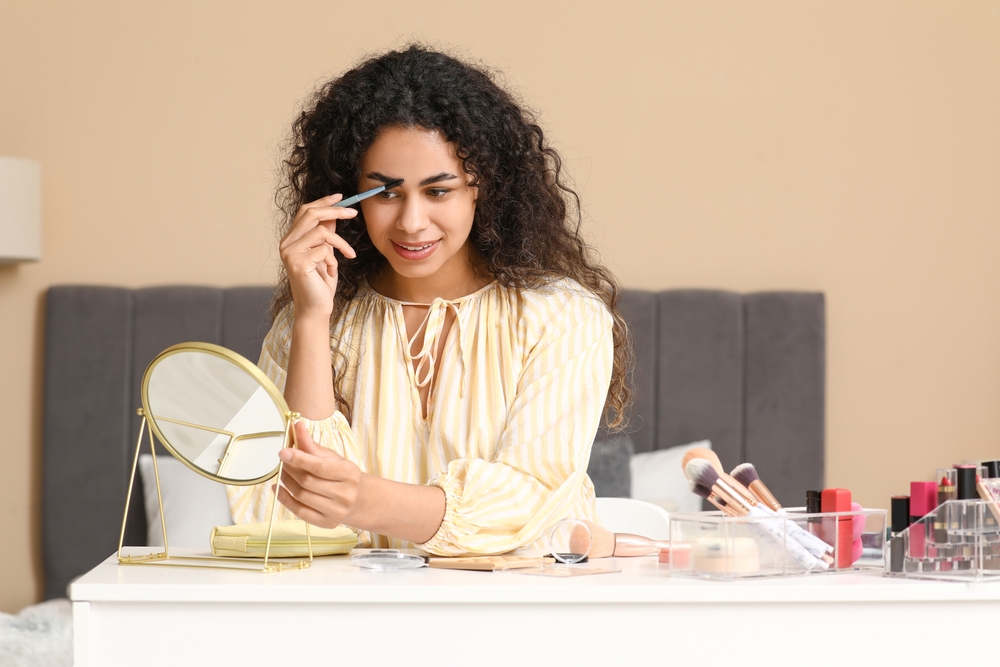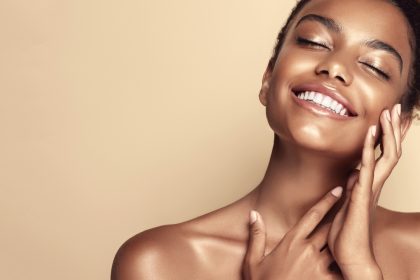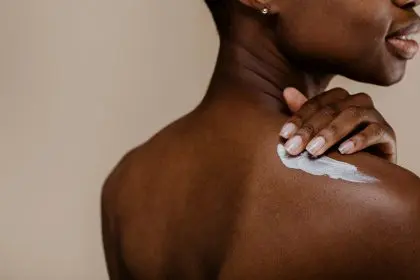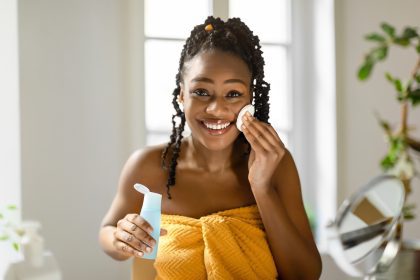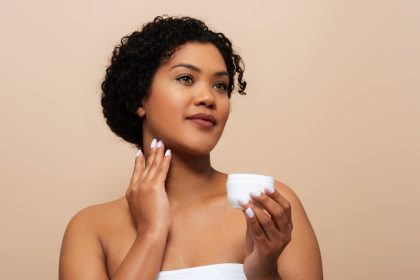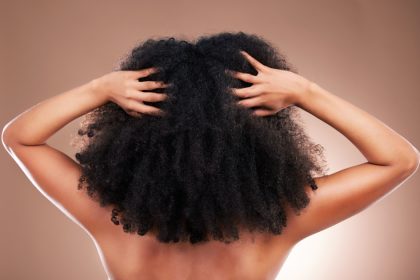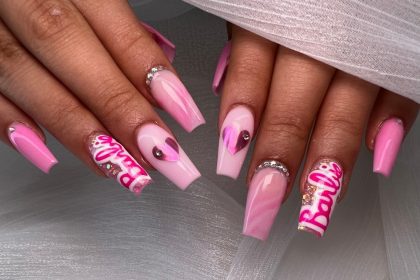Eyebrow dandruff represents one of the most commonly overlooked skin conditions, silently affecting nearly half the global population while remaining largely undiagnosed and untreated. This condition involves rapid shedding of dead skin cells around the eyebrow area, creating unsightly white, yellow, or gray flakes that can significantly impact appearance and self-confidence. Unlike scalp dandruff that receives widespread attention, eyebrow dandruff often goes unrecognized despite sharing similar underlying causes and requiring targeted treatment approaches.
The condition frequently stems from seborrheic dermatitis, a chronic skin disorder that disrupts normal skin cell turnover and oil production. Understanding this widespread yet hidden problem empowers individuals to recognize symptoms early and seek appropriate treatment before the condition worsens or spreads to other facial areas.
Understanding the root causes behind eyebrow flaking
Seborrheic dermatitis serves as the primary culprit behind eyebrow dandruff, occurring when the body produces excess sebum oil that creates ideal conditions for problematic microorganisms. This surplus oil production leads to overgrowth of Malassezia, a naturally occurring yeast that lives on healthy skin but becomes problematic when populations explode beyond normal levels. The yeast feeds on skin oils and produces inflammatory compounds that trigger irritation, redness, and accelerated skin cell shedding.
Contact dermatitis represents another significant cause, developing when eyebrow skin reacts to cosmetic products, cleansers, or environmental irritants. Many individuals unknowingly use makeup, skincare products, or harsh soaps that contain ingredients triggering allergic reactions or skin sensitivity. This type of dermatitis can develop suddenly after years of using the same products, making identification challenging without professional evaluation.
Dry skin conditions including eczema and psoriasis also contribute to eyebrow flaking through different mechanisms. Eczema creates patches of extremely dry, itchy skin that shed excessively, while psoriasis causes rapid skin cell production that results in thick, scaly patches. Cold weather, low humidity, and harsh cleansing products can exacerbate these underlying conditions, leading to more severe flaking episodes.
Recognizing symptoms and risk factors
Eyebrow dandruff symptoms extend beyond simple flaking to include greasy or crusty scales, persistent itching or stinging sensations, oily skin texture, and visible redness or irritation around the brow area. These symptoms often worsen during stress periods, cold weather, or when using inappropriate skincare products. The flakes may appear white, yellow, or gray depending on the underlying cause and individual skin characteristics.
Risk factors significantly increase susceptibility to developing eyebrow dandruff, with age playing a crucial role. Individuals aged 18-24 face higher risk due to hormonal fluctuations affecting oil production, while those over 55 experience increased vulnerability due to changing skin barrier function. Males develop the condition more frequently than females, likely due to higher natural oil production and different grooming habits that may irritate sensitive facial skin.
Additional risk factors include weakened immune systems, neurological conditions like Parkinson’s disease, mental health disorders including depression, and high oxidative stress levels. Environmental factors such as cold, dry weather exposure and regular use of irritating products also substantially increase development risk.
Effective treatment approaches and prevention strategies
Treatment typically begins with over-the-counter anti-dandruff shampoos specifically formulated to target oil production, yeast overgrowth, and inflammation. These products contain active ingredients like zinc pyrithione, selenium sulfide, or ketoconazole that address the underlying causes rather than just masking symptoms. Many individuals find success using these shampoos on eyebrow areas following the same application techniques used for scalp treatment.
Home remedies provide additional relief options, including diluted tea tree oil applications, aloe vera gel for soothing irritation, and honey masks that offer antimicrobial benefits. However, these natural treatments require careful application to avoid further irritation, and individuals should test small areas before full application to ensure compatibility with their skin type.
When over-the-counter treatments prove insufficient, prescription antifungal creams or stronger medicated shampoos become necessary. Healthcare providers may recommend topical corticosteroids for severe inflammation or specialized antifungal medications targeting resistant yeast populations. Professional evaluation becomes essential when symptoms persist despite consistent treatment efforts or when the condition spreads to other facial areas.
Prevention strategies focus on maintaining clean skin without over-cleansing, avoiding fragranced or greasy products near the eyebrow area, managing stress through appropriate techniques, and protecting skin from harsh environmental conditions. Regular use of gentle, non-comedogenic moisturizers helps maintain skin barrier function while preventing the dryness that can trigger flaking episodes.

